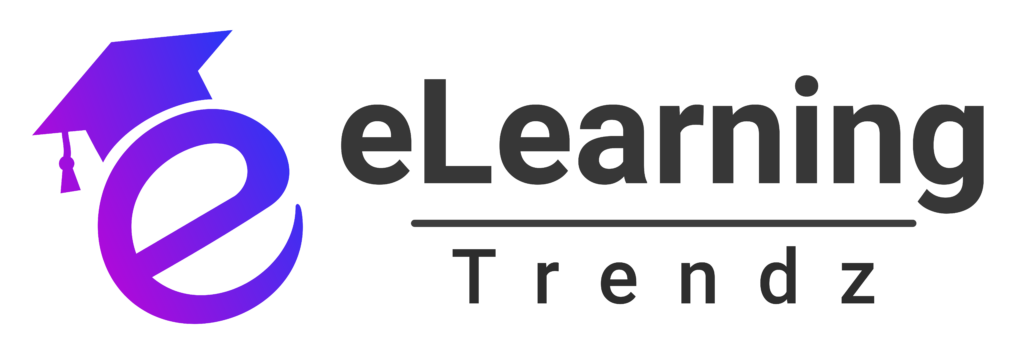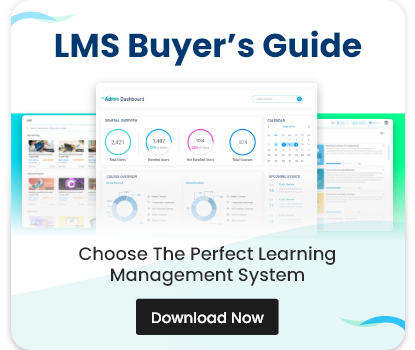Introduction: The New Age of Learning
In today’s rapidly evolving professional landscape, Learning and Development (L&D) strategies must keep pace with changing technologies and workplace expectations. Traditional training methods, while still valuable, often lack the engagement and personalization required to meet the needs of modern learners. This is where Virtual Reality (VR) steps in, revolutionizing the world of L&D by creating truly immersive learning experiences.
Virtual Reality is no longer confined to gaming or entertainment. Its ability to simulate real-world scenarios with stunning realism makes it a powerful tool in corporate training, employee development, and skills enhancement. As businesses recognize the growing demand for experiential learning, VR has emerged as a leading solution, offering benefits that traditional training methods cannot match.
In this blog, we will explore how Virtual Reality is transforming L&D, its applications, advantages, real-world examples, challenges, future trends, and how organizations can integrate VR into their training strategies.
Understanding Virtual Reality in L&D
Virtual Reality refers to the use of computer technology to create a simulated environment that users can interact with in a seemingly real or physical way. Unlike traditional interfaces, VR immerses users inside an experience, engaging multiple senses and making learning more effective.
In L&D, Virtual Reality is utilized to create immersive training modules where employees can practice skills, engage with realistic scenarios, and receive real-time feedback—all within a safe and controlled environment.
It’s essential to distinguish VR from related technologies:
- Augmented Reality (AR): Overlays digital content on the real world.
- Mixed Reality (MR): Blends real and digital worlds interactively.
- Virtual Reality (VR): Replaces the real world with a fully immersive digital environment.
VR’s ability to transport learners into interactive experiences makes it particularly powerful for corporate training programs seeking to enhance skills retention, safety, and engagement.
Why Immersive Learning Matters Today
The importance of immersive learning experiences cannot be overstated. Traditional lectures, videos, or slideshows often result in passive learning, where employees may struggle to retain information or apply it effectively on the job.
Virtual Reality addresses these challenges by:
- Increasing Engagement: Interactive VR experiences capture attention far better than static content.
- Boosting Retention: Studies show people retain 75% of what they practice, compared to 10% of what they read.
- Providing Safe Practice: VR allows for trial-and-error learning without real-world consequences.
- Personalizing Learning: VR can adapt to a learner’s pace and needs, creating tailored experiences
With modern employees valuing growth, autonomy, and engaging learning opportunities, Virtual Reality stands out as a vital tool in L&D.
Key Applications of Virtual Reality in L&D
1. Employee Onboarding and Orientation
New hires can virtually tour offices, meet teams, and understand workflows before they even step into the workplace. This makes onboarding faster, more engaging, and memorable.
2. Safety and Compliance Training
Industries like manufacturing, construction, and healthcare use Virtual Reality to train employees on safety protocols without exposing them to real dangers.
3. Technical Skills and Hands-On Training
Complex technical skills can be taught using VR simulations, allowing learners to repeatedly practice procedures, diagnose problems, and make decisions in lifelike settings.
4. Soft Skills Development
VR is effective for developing communication, negotiation, leadership, and empathy skills through simulated role-playing scenarios, making abstract concepts tangible.
5. Sales and Customer Service Simulations
Employees can engage in simulated customer interactions, learning how to handle objections, pitch products, and provide excellent service.
Advantages of Using Virtual Reality in L&D
The adoption of Virtual Reality in L&D programs offers several compelling benefits:
- Enhanced Engagement: VR captures attention with its immersive storytelling and interactivity.
- Safe Learning Environment: Mistakes in VR don’t have real-world repercussions, encouraging experimentation.
- Accelerated Learning: Repeated, hands-on practice in VR speeds up skill mastery.
- Higher Knowledge Retention: Interactive VR training boosts retention rates significantly.
- Cost-Effective Over Time: While the initial investment in VR may be high, it can lead to savings on travel, instructors, and facilities.
- Consistency and Standardization: VR ensures every employee receives uniform training experiences.
When strategically implemented, Virtual Reality can reshape an organization’s L&D landscape, driving better outcomes and ROI.
Real-World Examples of VR in L&D
Several organizations have already integrated Virtual Reality into their L&D programs with remarkable results:
- Walmart: Trains employees for Black Friday rush using VR, improving performance and reducing training time.
- UPS: Uses VR to teach delivery truck drivers how to spot and avoid hazards.
- Boeing: Engineers practice wiring airplanes in a VR environment, reducing training errors significantly.
- PwC: Created a VR leadership training program that resulted in 4x faster learning than classroom training.
These examples demonstrate that Virtual Reality is not a future concept—it’s a current reality reshaping how companies upskill and reskill their workforce.
Challenges and Considerations
Despite its advantages, adopting Virtual Reality in L&D does present challenges:
- High Initial Costs: Hardware, software development, and content creation can be expensive.
- Technical Barriers: Not all organizations have the infrastructure to support VR training.
- User Adaptation: Some employees may experience motion sickness or discomfort.
- Content Updates: VR training modules need regular updates to stay relevant.
- Measuring ROI: Quantifying the effectiveness of VR training requires careful planning and evaluation metrics.
Organizations must weigh these factors carefully, starting small with pilot projects before scaling VR programs company-wide.
Future Trends: The Evolution of VR in L&D
The future of Virtual Reality in L&D looks promising, driven by innovations such as:
- AI-Driven Personalization: Tailoring VR learning experiences to individual strengths and weaknesses.
- Real-Time Analytics: Collecting data on learner performance inside VR environments to optimize programs.
- Integration with LMS: Seamlessly merging VR modules with existing learning management systems.
- Gamification: Incorporating game elements into VR training to further boost engagement and motivation.
As VR hardware becomes more affordable and software tools become more accessible, Virtual Reality will likely become a mainstream component of L&D strategies across industries.
How to Start Integrating Virtual Reality in Your L&D Strategy
Ready to embark on the VR journey? Here’s a roadmap:
- Identify Use Cases: Focus on areas where immersive learning can have the greatest impact.
- Choose the Right VR Partner: Work with experienced VR developers who understand instructional design.
- Start Small: Launch pilot programs to test feasibility and effectiveness.
- Gather Feedback and Iterate: Use learner feedback and analytics to refine the VR training experience.
- Scale Gradually: Once proven, expand VR integration across different departments and training needs.
Starting with clear objectives and phased implementation will maximize the benefits of Virtual Reality in L&D.
Conclusion: Embracing the Future with Virtual Reality
Virtual Reality is not just a buzzword—it is a transformative force reshaping how organizations approach Learning and Development. By creating deeply engaging, safe, and effective training environments, VR helps employees learn faster, retain more information, and apply their skills confidently.
As companies strive to future-proof their workforce, embracing Virtual Reality will be key to delivering impactful, immersive learning experiences that drive real business outcomes. Now is the time to harness the power of VR and lead your organization’s L&D into an exciting new era.
FAQs: Virtual Reality in Learning and Development
Virtual Reality in L&D refers to using simulated, interactive environments to train and develop employees by offering experiential learning opportunities.
Virtual Reality boosts training effectiveness by enhancing engagement, improving retention rates, providing safe practice environments, and enabling experiential learning.
Initially, VR training can be expensive, but over time it reduces costs related to travel, facility rentals, instructors, and training materials, leading to a positive ROI.
Industries like healthcare, manufacturing, aviation, retail, logistics, and customer service have seen significant gains from integrating Virtual Reality into their training programs.
You can measure VR training success by tracking engagement levels, performance improvements, knowledge retention rates, and comparing them against traditional training methods.














